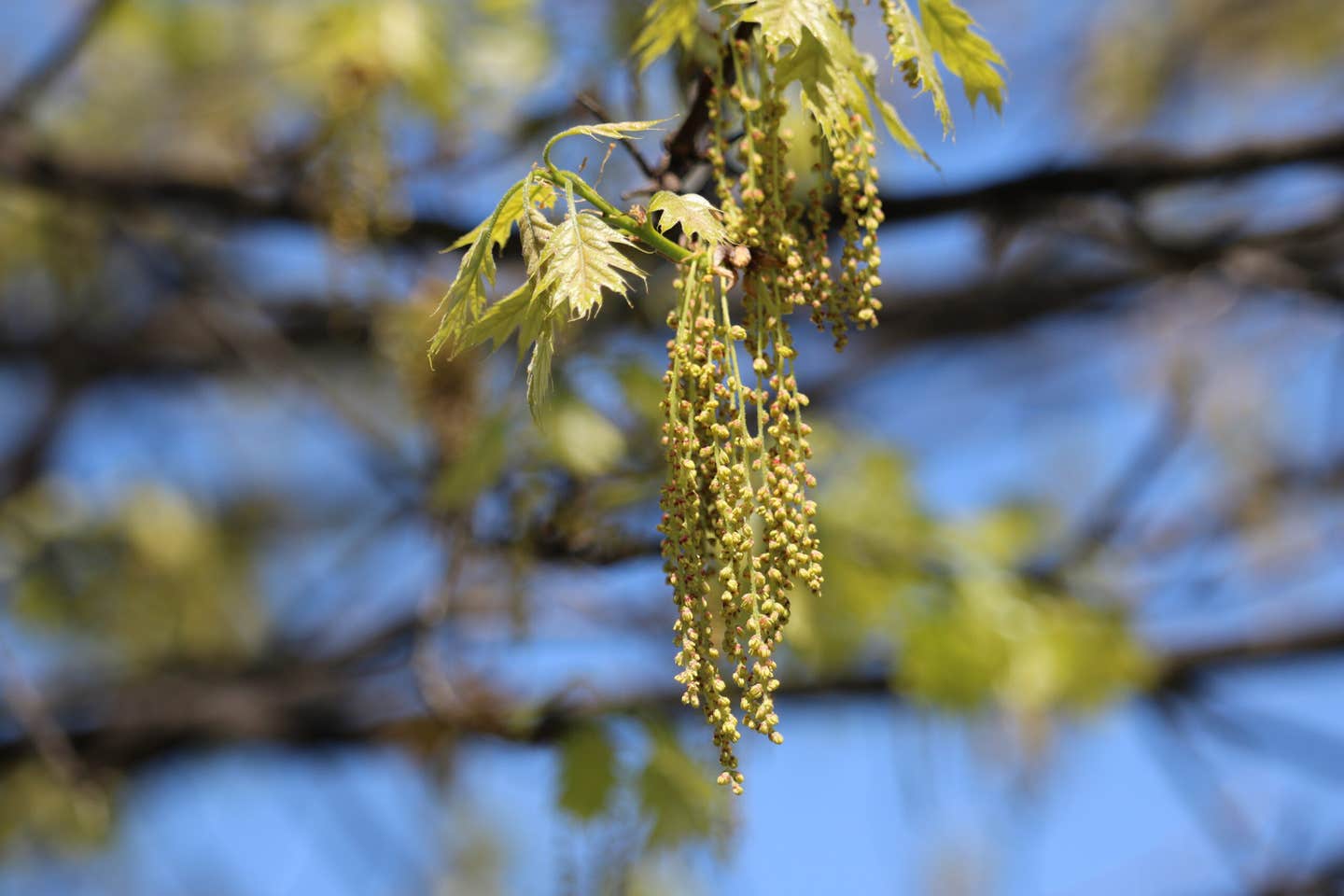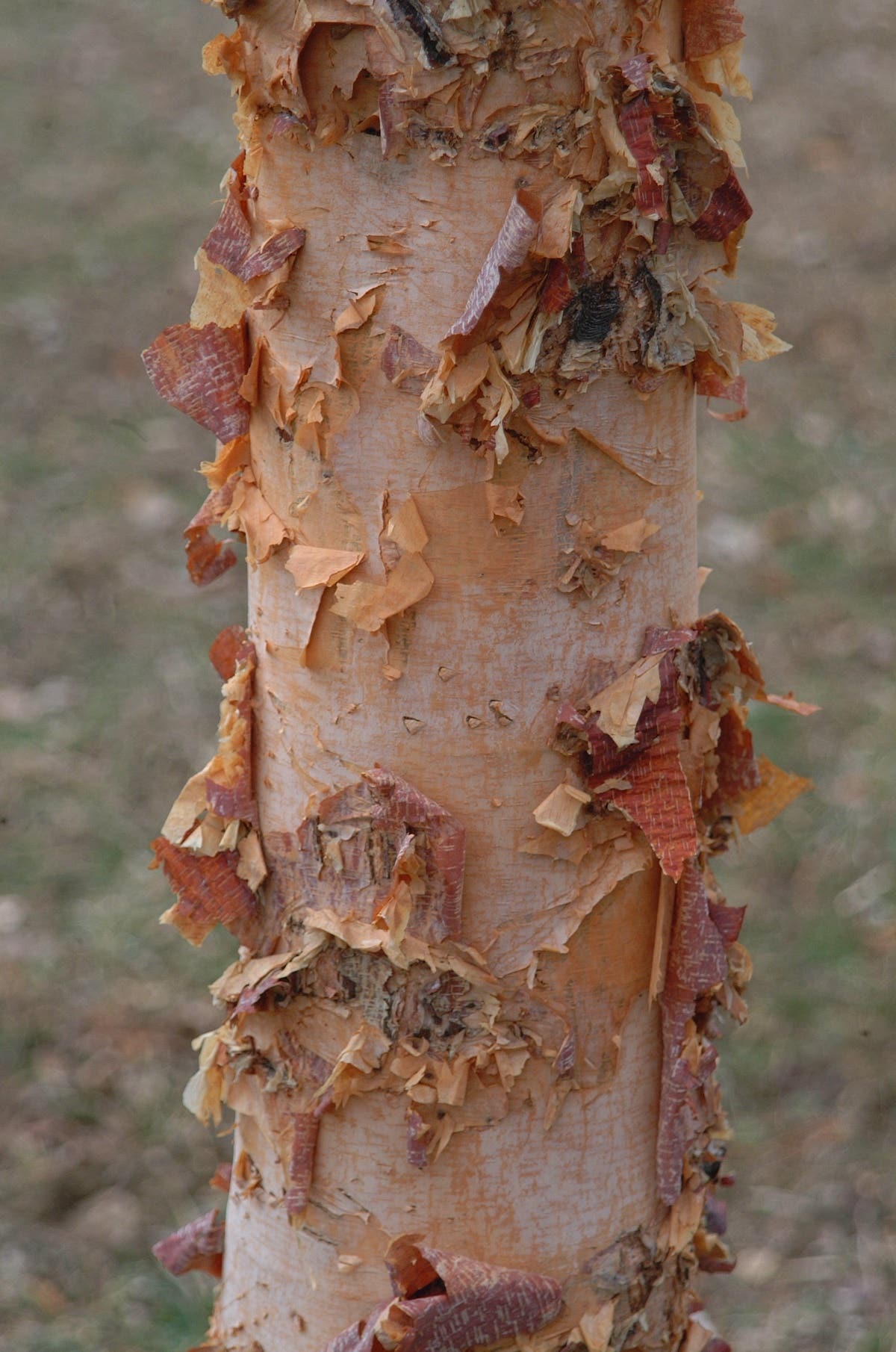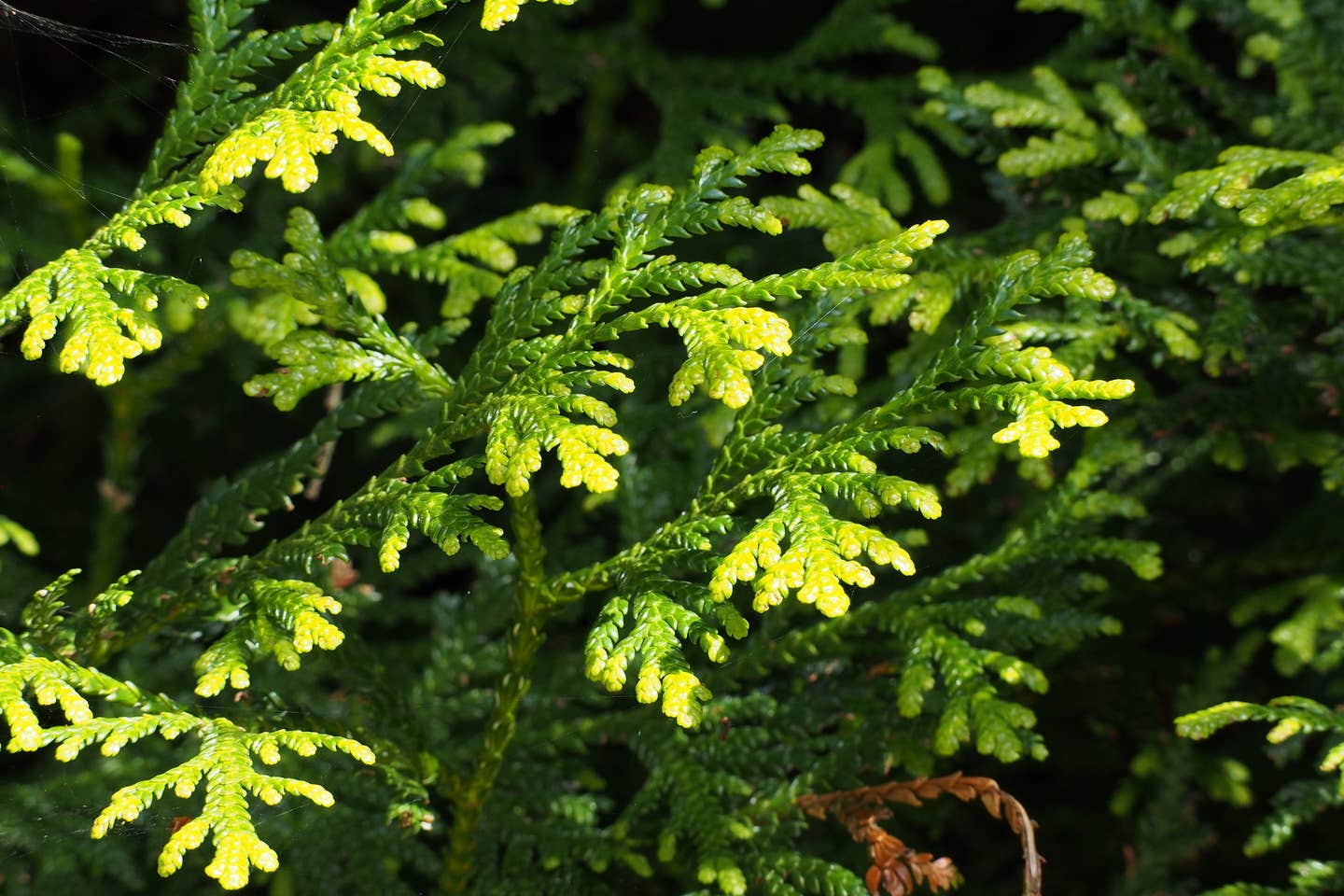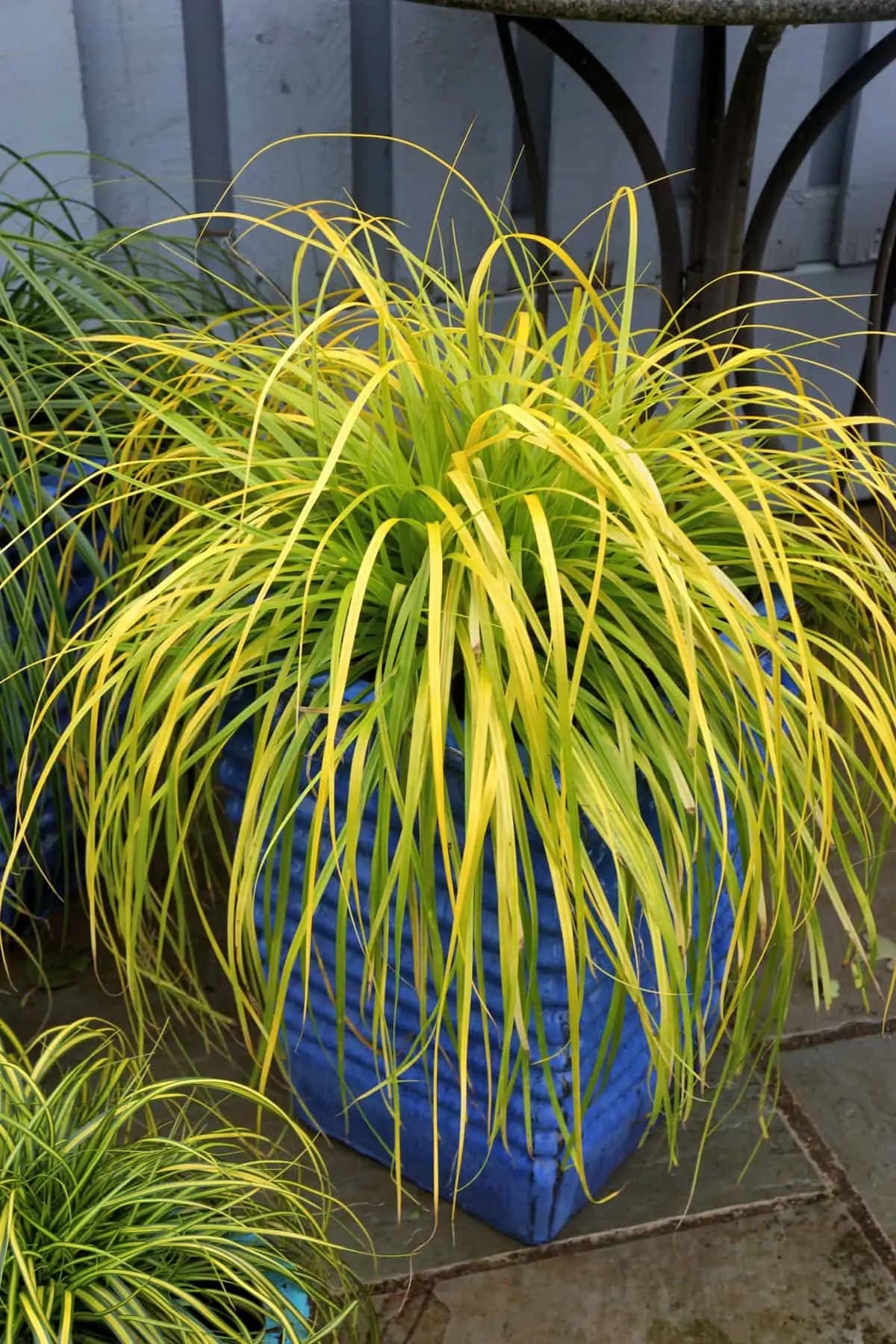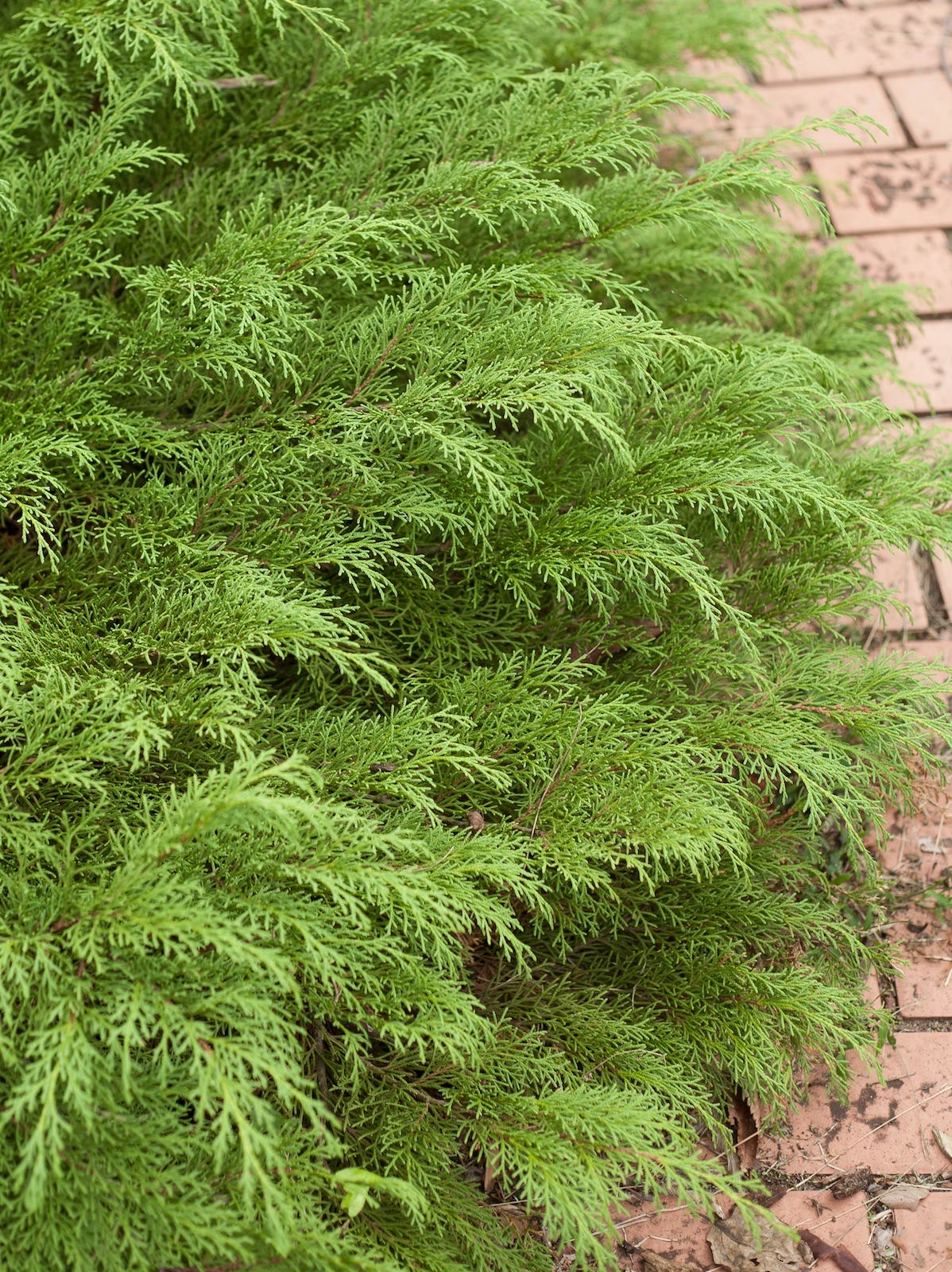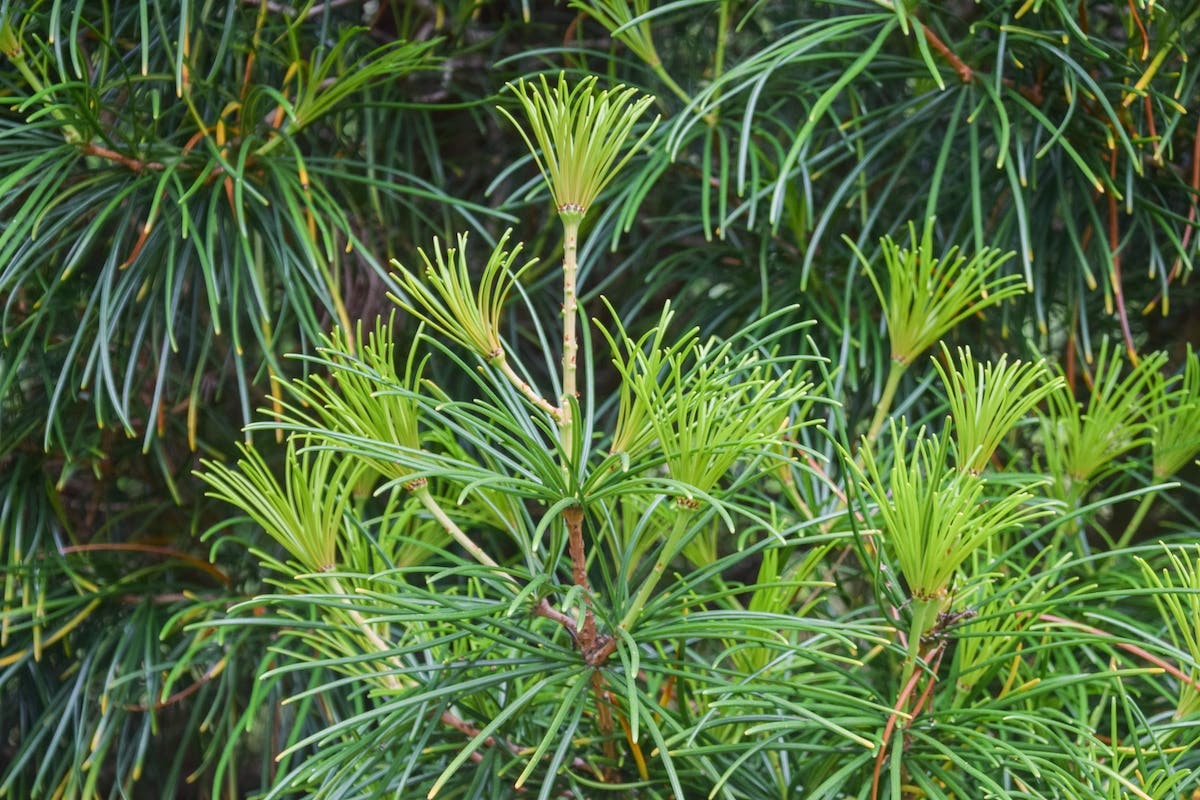Avoid Impatiens Susceptible to Downy Mildew, Try These Other Shade Annuals
How to avoid downy mildew.
Impatiens walleriana cultivars are shade-loving tender perennials (typically treated as annual) that bloom in all hues of red, purple, pink and white. This type of impatiens was long treasured for its lasting and eye-catching blooms that can bring bright color to the shade garden.
However, beginning around 2011, Impatiens walleriana faced the rapid spread of impatiens downy mildew, a killing disease that thrives in damp, cool conditions. Impatiens downy mildew continues to be a problem for those who wish to grow traditional Impatiens walleriana. New disease-resistant cultivars offer a return to this type of impatiens, and there are also other beautiful options that can brighten shady gardens.
About Impatiens Downy Mildew
Impatiens downy mildew is caused by the organism Plasmopara obducens, a type of Oomycete, or water mold. The spores spread easily by wind and splashing water, be it rain or irrigation. This disease flourishes in cool, damp conditions.
There are both short-lived spores that exist on leaf undersides and spread as just described; and resting spores, which can exist on stems and further spread within the soil, where it can persist across seasons and infect newly installed plants.
The symptoms of impatiens downy mildew can be subtle at first, with leaves starting to yellow or curl at their edges. There may be a white substance showing on the underside of the leaves, though this isn't always visible. Soon the damaged foliage drops off to leave the stems bare. Then the plant dies.
Once impatiens develop downy mildew, they must be removed because there is no treatment. Spores can persist in the soil, so planting new impatiens to replace the old is not recommended. If infected impatiens were growing in garden containers, the potting mix should be discarded and the pot thoroughly sanitized.
Avoiding Impatiens Downy Mildew
Because this disease flourishes with cooler temperatures, higher humidity and ample moisture, it can be difficult to control or avoid. You can take care to not overwater the plants and to avoid splashing when watering, but of course you can't control the rain. The easiest way to avoid impatiens downy mildew is to avoid the plants that are susceptible to it, especially in cool, damp seasons and regions.
What to Plant Instead of Susceptible Impatiens
There are plenty of other options for bringing color to shade gardens and containers. These include flowering plants and foliage plants.
Beacon impatiens, which are a line of Impatiens walleriana developed in response to the spread of impatiens downy mildew. These plants offer the flowers, refined foliage and mounding habit that originally made impatiens popular with gardeners, but they possess high resistance to the disease.
New Guinea impatiens, grown for their bright flowers, are not likely to develop downy mildew.
Wishbone flower (Torenia), grown for its tubular flowers that are usually blue or white, although pink versions are also now available.
Begonias, which can be grown for their patterned leaves or their warm-toned flowers, depending on the type.
Nodding violet (Streptocarpella), a relative of African violet. Read more here.
Coleus, a popular shade-loving plant for its bold foliage, which comes in all kinds of colors and patterns, depending on the cultivar.
Tender bulbs and tubers also offer several good options that can be treated as annual plants where they aren't hardy. These include canna and caladium, both grown for their bold foliage and shade tolerance.
Beacon Rose impatiens image and Summer Wave Large Blue torenia image both courtesy of Ball Hort.


